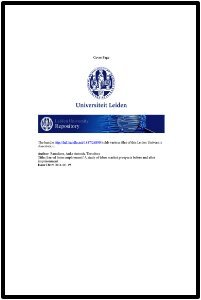By Margaret Love & Rob Poggenklass
At the beginning of each year since 2017, CCRC has issued a report on legislative enactments in the year just ended, new laws aimed at reducing the barriers faced by people with a criminal record in the workplace, at the ballot box, and in many other areas of daily life. These annual reports document the steady progress of what our 2020 report characterized as “a full-fledged law reform movement” aimed at restoring rights and dignity to individuals who have successfully navigated the criminal law system. In the three years between 2019 and 2021, more than 400 new record reforms were enacted. Many states enacted new laws every year, and all but two states enacted at least one significant new law during this period. A full appreciation of the scope of this movement can be gained by reviewing the detailed 50-state charts and state-by-state profiles in our Restoration of Rights Project. The modern law reform movement reflected in our annual reports is bipartisan, grounded in and inspired by the circumstance that almost a third of adults in the United States now have a criminal record, entangling them in a web of legal restrictions and discrimination that permanently excludes them from full participation in the community. It reflects a public recognition that the “internal exile” of such a significant portion of society is not only unsafe and unfair, but it is also profoundly inefficient. We are pleased to present our report on new laws enacted in 2022, titled The Frontiers of Dignity: Clean Slate and Other Criminal Record Reforms in 2022. While this report shows that the legislative momentum gathering since 2018 slowed somewhat in the past year, there has still been progress, with more new laws enacted this year than in 2018 when the current reform movement took off in earnest.
Washington, DC: Collateral Consequences Resource Center, 2023. 43p.










